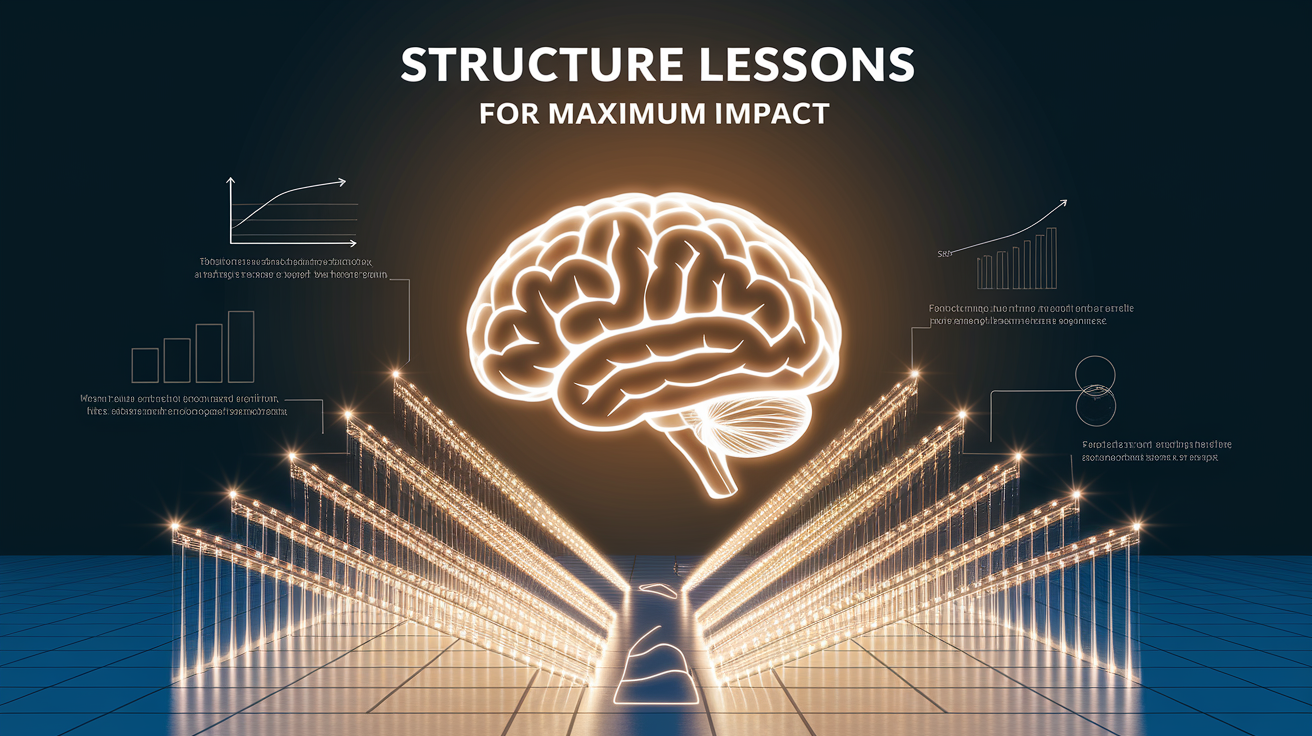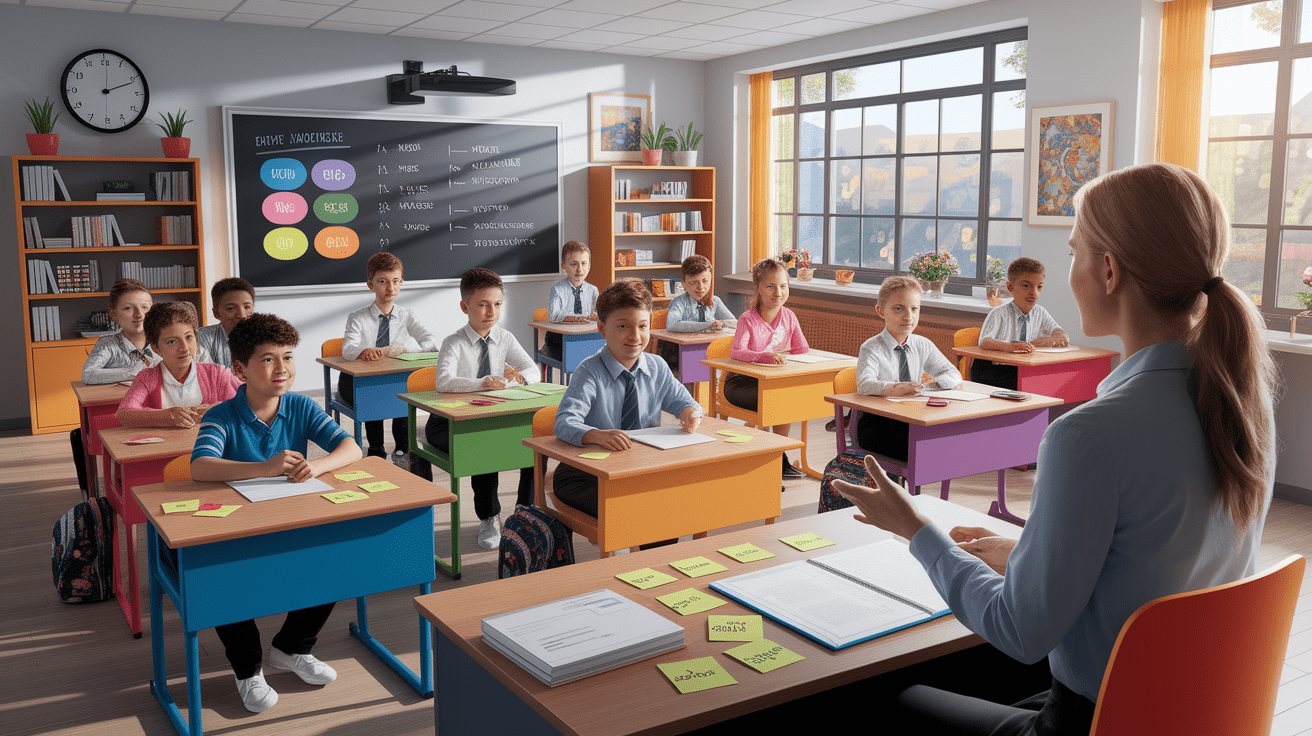We’ve all been there—staring at the clock, wondering how to squeeze everything into today’s lesson. You’re not alone in this time crunch! Modern teachers face incredible time pressure, with studies showing that only about 65-75% of allocated class time is spent on instruction. The rest? Well, it disappears into administrative tasks, transitions, and those unexpected moments that make teaching so beautifully unpredictable.
But here’s the good news: you can absolutely create powerful, effective lessons even when time feels like your biggest enemy. Let’s explore some game-changing strategies that will help you maximize every precious minute in your classroom!
Time is Precious: Kickstarting Focused Lessons
First things first—let’s acknowledge the elephant in the room. With curriculum requirements expanding by approximately 30% over the past two decades while instructional time stays constant, we’re all dealing with what researchers call “curriculum overload.” It’s like trying to fit a month’s worth of groceries into a tiny apartment refrigerator—something’s got to give!

The secret to efficient teaching isn’t about talking faster or cramming more content into each class period. Instead, it’s about being strategically selective and laser-focused. Think of yourself as a master curator, carefully choosing which elements will create the most impactful learning experience.
Here are some time-saving techniques for kickstarting focused lessons:
- The 2-Minute Rule: Start each class with a quick, focused activity that immediately engages students and connects to your learning objectives
- Streamlined Transitions: Practice smooth handoffs between activities—every saved minute adds up!
- Clear Expectations: Post your agenda and learning goals visibly so students know exactly where you’re headed
Zero in on Learning Objectives
Here’s where the magic happens—shifting from “What am I going to teach?” to “What do my students need to be able to do?” This outcomes-centered approach is your best friend when optimizing class time. Instead of trying to cover everything, focus on what truly matters for student learning outcomes.

Using Understanding by Design principles can help you prioritize essential content and design concise lessons that pack a punch. When you start with the end in mind, every minute becomes purposeful.
Consider Bloom’s Taxonomy as your guide for instructional prioritization:
- Remember & Understand: Can be assigned as pre-work or quick reviews
- Apply & Analyze: Perfect for focused instruction and active learning
- Evaluate & Create: Ideal for deeper classroom discussions and projects
Pro tip: Write your learning objectives in student-friendly language and share them at the start of class. When students know where they’re going, they’re more likely to get there efficiently!
Prioritize Content and Activities
Time for some tough love, friends. You can’t teach everything, and that’s okay! The key to creating concise yet comprehensive lesson plans is distinguishing between what’s essential and what’s just nice to know.

Ask yourself these game-changing questions:
- What must students know to succeed in the next lesson/unit/grade?
- What concepts will they encounter repeatedly throughout their education?
- What skills will transfer to other subjects or real-world situations?
This prioritization process helps you avoid the “mile-wide, inch-deep” trap that plagues so many curricula. Remember, it’s better to thoroughly understand three key concepts than to briefly touch on ten.
For balancing content coverage and student engagement, try the “Essential, Important, Nice to Know” framework:
- Essential: Must be taught and mastered (60-70% of class time)
- Important: Should be covered if time allows (20-30% of class time)
- Nice to Know: Enrichment for early finishers or extension activities
Structure Lessons for Maximum Impact
The secret sauce of compact lesson structure lies in understanding how brains learn best. Research shows that distributing learning over time (the spacing effect) produces better retention than cramming everything into one marathon session. Use this to your advantage!

Here’s a time-efficient lesson structure that works across grade levels:
- Hook (3-5 minutes): Grab attention and activate prior knowledge
- Direct Instruction (10-15 minutes): Focus on one key concept at a time
- Guided Practice (10-15 minutes): Work through examples together
- Independent Practice (10-15 minutes): Students apply what they’ve learned
- Wrap-up (3-5 minutes): Quick assessment and preview of next steps
Remember, being able to pivot quickly when a lesson isn’t working is essential for maximizing limited class time. Stay flexible and don’t be afraid to adjust your pacing based on student needs!
For teaching complex topics in short periods, try “chunking”—breaking difficult concepts into smaller, digestible pieces spread across multiple class sessions. Your students’ brains will thank you!
Leverage Technology and Flipped Strategies
Technology can be your secret weapon for classroom time optimization, but let’s be real—it’s not a magic bullet. The key is choosing tools that genuinely save time rather than add complexity.
Technology tools can significantly streamline instruction and assessment, helping you make the most of limited class time. Consider these time-saving tech strategies:
- Automated grading: Use quiz platforms that provide instant feedback
- Digital exit tickets: Quick formative assessments that gather data efficiently
- Learning management systems: Centralize resources and communications
Flipped learning moves content delivery outside class time, allowing precious in-person minutes to be used for application and deeper learning. Even if you can’t flip entire lessons, consider “micro-flipping” specific concepts:
- Record 5-minute explanation videos for complex procedures
- Assign short reading or video content before class
- Use class time for discussion, problem-solving, and hands-on activities
Remember, while technology integration requires an initial time investment (teachers spend 3-5 hours weekly learning new tools), the long-term payoff in classroom efficiency is worth it!
Monitor, Reflect, and Iterate
Effective teachers know that time management isn’t one-size-fits-all. Students with learning disabilities, English language learners, and those from disadvantaged backgrounds often need additional processing time. The goal isn’t to distribute time equally, but to allocate it strategically based on student needs—that’s true differentiated instruction!
Streamlined, embedded assessment methods help you gather crucial data without sacrificing instructional time. Try these quick formative assessment techniques:
- Thumbs up/down: Instant comprehension check
- One question exit tickets: Focus on the most important concept
- Think-pair-share: Built-in assessment during instruction
- Digital polling: Real-time feedback on student understanding
Set aside time weekly to reflect on your instructional pacing. Ask yourself:
- Which activities provided the most learning bang for your time buck?
- Where did students seem to need more or less time?
- What could be moved to homework or flipped content?
This ongoing reflection helps you continuously refine your approach to educational time management.
Wrapping Up Your Clock-Smart Classroom
You’ve got this, educator! Maximizing student learning in short class periods isn’t about perfection—it’s about being intentional, strategic, and flexible. Remember that every minute of instructional time is valuable (literally $10-15 per student per hour in public education!), so make each one count.
Here are your key takeaways for designing time-efficient, effective lessons:
- Start with clear, student-focused learning objectives
- Prioritize essential content over comprehensive coverage
- Structure lessons with built-in flexibility and assessment
- Use technology strategically to enhance, not complicate
- Continuously monitor and adjust based on student needs
The best part? These strategies for maximizing 45-minute class periods (or whatever time you have) will make you a more confident, effective educator. Your students will benefit from focused, purposeful instruction, and you’ll feel less stressed about covering everything.
Now go forth and make every minute matter! Your future self—and your students—will thank you for becoming a master of pedagogical efficiency. Time may be precious, but with these strategies, you’re ready to make it work for you, not against you.




